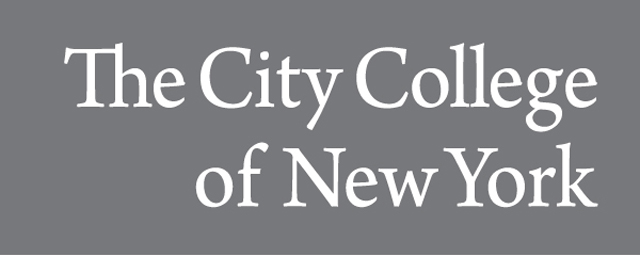
Dissertations and Theses
Date of Award
2023
Document Type
Dissertation
Department
Mechanical Engineering
First Advisor
Jing Fan
Second Advisor
Sihong Wang
Keywords
Tissue - on - a - chip, dual - gel, interstitial flow, cell migration, cell morphology
Abstract
Abstract
Interstitial flow, the slow flux of fluid occurring in the interstitial space of the extracellular matrix (ECM), affects the migration of many cell types through individual and synergistic contributions of several biophysical and biochemical phenomena. Notably, interstitial flow is linked to ECM permeability and provides direct mechanical cues via shear and normal stress. Additionally, the flow also couples with biomolecular diffusion to provide chemotactic signals to the cells. Recent in vitro studies have indicated that tumor cell migration is affected by interstitial fluid velocity and ECM permeability through the mechanisms of (1) autologous chemotaxis and (2) integrin-mediated focal adhesion activation. However, even in vitro, these two mechanisms cannot be quantitatively examined due to the inevitable inverse correlation between the permeability and stiffness of hydrogel matrices. Moreover, cell migration behaviors are influenced by the physical confinement in the ECM and cell-binding sites. Therefore, identifying factors and mechanisms regulating cell migration necessitates the ability to manipulate interstitial fluid velocity and ECM permeability without affecting other contributing factors. This remains a daunting task in traditional single gel-based cell culture models due to the inevitable correlation among various properties of a hydrogel. We overcome this challenge by developing a microfluidic cell culture platform with 3D dual-gel matrices that enable independent control of key matrix properties. The dual-gel matrices consist of a stiffer primary gel that acts as the main cell adhesive matrix, and a softer secondary gel that fills the interstitial spaces of the primary matrix for controlling permeability. We demonstrate the efficacy of our model by characterizing the matrix properties and studying the morphology and migration of MDA-MB-231 breast cancer cells under controlled interstitial flow.
In the last part of this Ph.D. work, we conducted a preliminary study on the effect of local stiffness heterogeneity on cellular behaviors. We designed and fabricated a thin parallel-plate microfluidic chamber that has a thickness comparable to that of a single cell. We examined the attachment and migration of breast cancer cells in the thin chamber and have identified potential solutions to enhance the fabrication process and optimize the cell culture protocol.
Recommended Citation
Anbari, Alimohamamd, "Microfluidic Dual-Gel Cell Culture Model For Studying Cell Migration Under Controlled Interstitial Flow" (2023). CUNY Academic Works.
https://academicworks.cuny.edu/cc_etds_theses/1151

